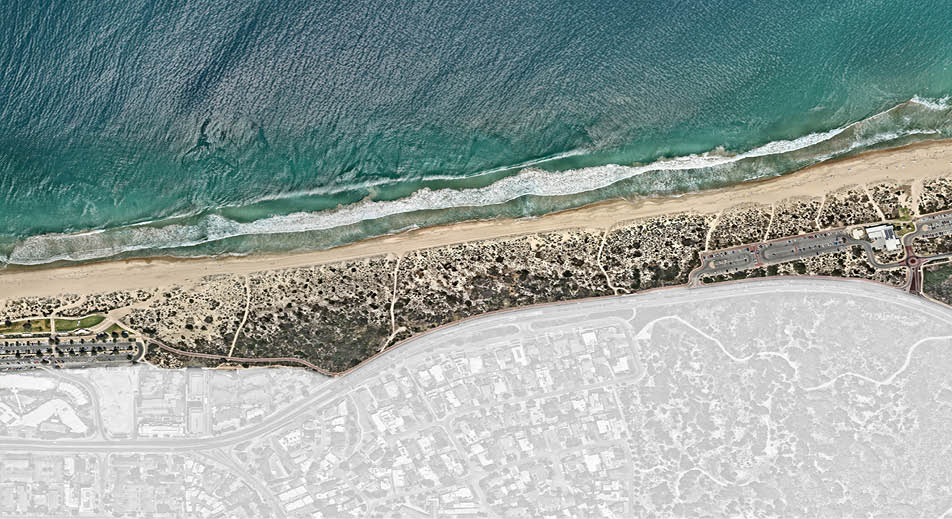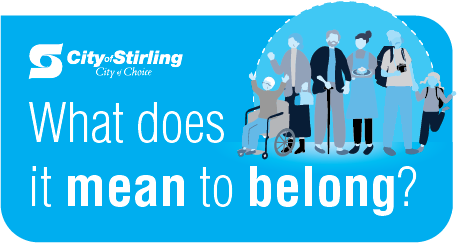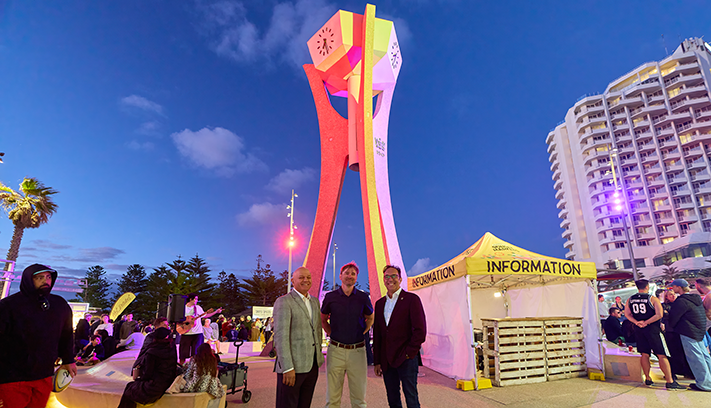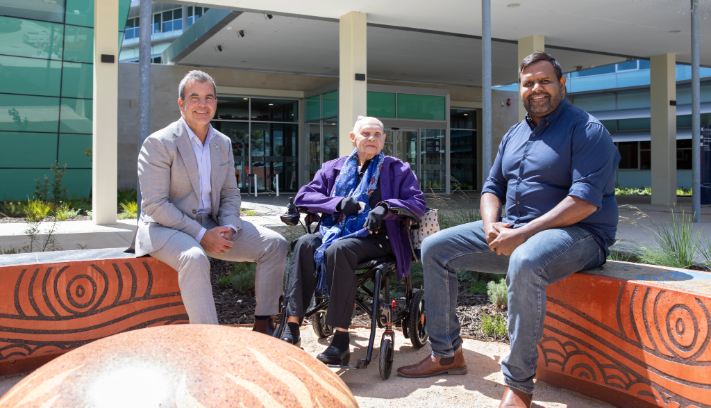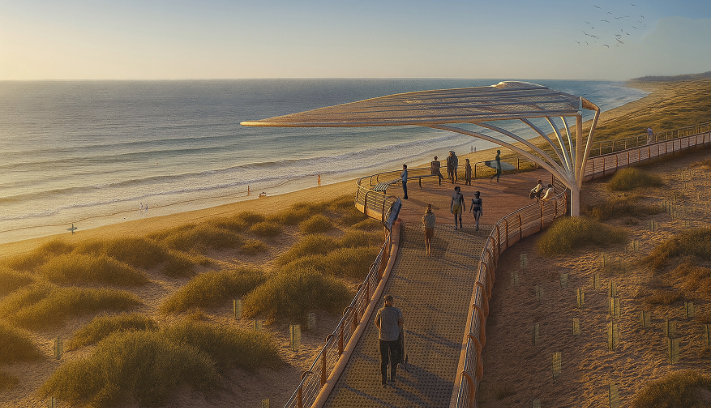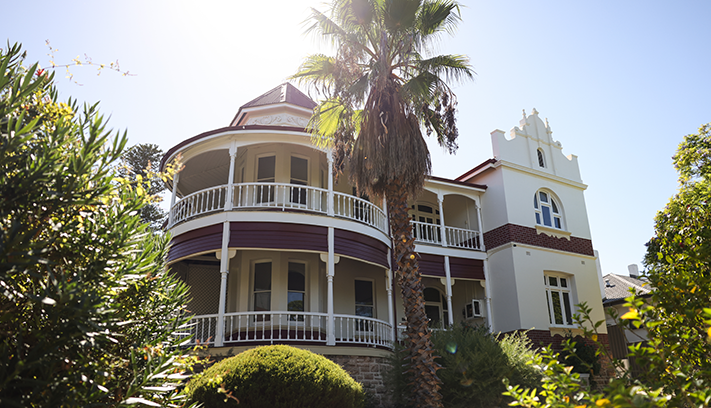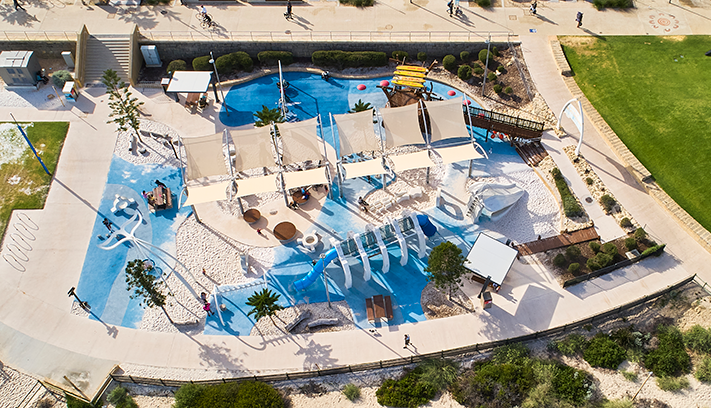

The local community describes Trigg as a beautiful, coastal and relaxed neighbourhood. To better understand what is means to be ‘a local’ our suburb profile seeks to understand the local stories Koora (past), Yeyi (present), Boordawan (future) and respond to Ngalang Maya (our place). This snapshot identifies the unique character of Trigg’s neighbourhood and helps the City rethink how we deliver services with a local focus.
Trigg was named after Henry Trigg, former Superintendent of Public Works for the Swan River Colony. In 1919 there were only 3 buildings in the locality, and holiday and fishing shacks begin to appear in the 1920s.
What it means to be a 'local'
Like the small island off the coast of this area, the suburb of Trigg was named after Henry Trigg, who was appointed Superintendent of Public Works for the Swan River Colony in 1842.
Land at Trigg remained largely vacant until the first grants were taken up in 1877. In 1888 a group of Sydney developers devised a scheme to divide a large area of Trigg into one-eighth-of-an-acre (505 m²) lots, however the scheme failed. By 1919 there were only 3 buildings in the locality, and holiday and fishing shacks did not begin to appear until the 1920s.
Trigg eventually started to be formally developed in the late 1940s, when 1,888 lots were subdivided and sold. Many of the streets in the area were named after former residents and pioneers, as well as local personalities.
Trigg was named after Henry Trigg, former Superintendent of Public Works for the Swan River Colony. In 1919 there were only 3 buildings in the locality, and holiday and fishing shacks begin to appear in the 1920s.
Site markers
Before European settlement, the local Nyoongar people built fish traps at Trigg Beach with rocks and branches. The fish would swim into the traps and at low tide the Nyoongar people would gather their catch caught in the fish trap. It is believed that the local Nyoongar people travelled from Star Swamp at North Beach, where there is evidence of them having used the area before colonisation, and lived a sustainable hunter-gatherer lifestyle. This was told to Mrs Oriel Green by her grandfather.
Anzac Day
- The North Beach RSL Sub-Branch dawn service
- Scarborough RSL Sub-Branch commemorative service.
Neighbourhood catch-ups
- Local street BBQs
- Street catch-ups.
Local markets and events
Local sporting clubs
Local focus
These are the top local priorities you've told us are important for Trigg.
What you've told us so far
"Stop high rise development. Sensible foreshore upgrades."
What we're doing
The City is seeking the adoption of draft Local Planning Scheme No.4 (LPS4). The new scheme seeks to facilitate appropriately scaled development in the right places. On 10 June 2025 at its Ordinary Meeting, Council considered a report on the outcomes of advertising of draft LPS4 and resolved to support it, subject to modifications and forward the draft documents to the Western Australian Planning Commission. As of Wednesday 18 June 2025, the Department of Planning, Lands and Heritage has accepted these documents for final assessment and determination.
Learn more about Draft Local Planning Scheme No.4.
What you've told us so far
"A pedestrian crossing at the end of Elliott Road to cross West Coast Drive.”
What we're doing
There is a pedestrian refuge island on West Coast Drive near the western end of Elliott Road which helps pedestrians cross the road in two stages.
What you've told us so far
"Enormous amount of traffic on west coast drive, especially in summer. People parking on foot paths and blocking cycle ways. Inconsiderate drivers not giving way to pedestrians-cyclists and other road users. More bins at beaches and parks.”
What we're doing
West Coast Drive is classified as a District Distributor road and is therefore expected to carry a high volume of local and non-local traffic. If residents observe motorists parking on footpaths or blocking cycleways, they can contact the City's Rangers, who can attend the site and issue infringements. The City continues to promote safer parking practices through regular social media posts.
To make a report, call the City's Community Patrol on 1300 365 356 (24/7 services) or report online.
What you've told us so far
"Coastal boardwalk between Trigg and Scarborough."
"Strongly oppose Trigg boardwalk as it is bush forever class-A reserve."
What we're doing
The City is currently undertaking a feasibility study for a proposed boardwalk. Community consultation will form part of this study.
Learn more about the Coastal Boardwalk Feasibility Study.
Facts
Trigg population
Average number of people per household
The average age in Trigg is 43 years old
Top five birthplaces
Median weekly household income
86% of residents are satisfied with liveability
Local plans
Residential development in Trigg is largely dominated by single detached dwellings on individual lots. The style and form of housing in the area varies considerably, ranging from older style holiday shacks and workers' dwellings to large modern housing developments. There are a small number of duplex developments in Trigg, while many of the homes along the coast have been built in elegant Mediterranean styles.
Retail facilities are provided at the Lynn Street Shopping Centre, located on the north eastern boundary of the suburb. There is also some retail development within the Trigg Island Lifesaving Club on the ocean foreshore as well as the Trigg Island Café.
Trigg has a 3ha of public open space, the most significant area being the Trigg Bushland Reserve, which runs through the centre of the suburb. The reserve contains a significant pocket of remnant coastal vegetation and provides a readily identifiable landscape feature. There are also several smaller parks, and the beaches provide a well-utilised recreation area.
Trigg Beach is particularly well known for its good surfing conditions and is one of the most popular beaches in Western Australia. It is used for many sports, including surfing and passive recreational pursuits such as swimming and sunbathing. Trigg Island is a focal point for Trigg Beach and a popular fishing spot.
Projects and engagements



